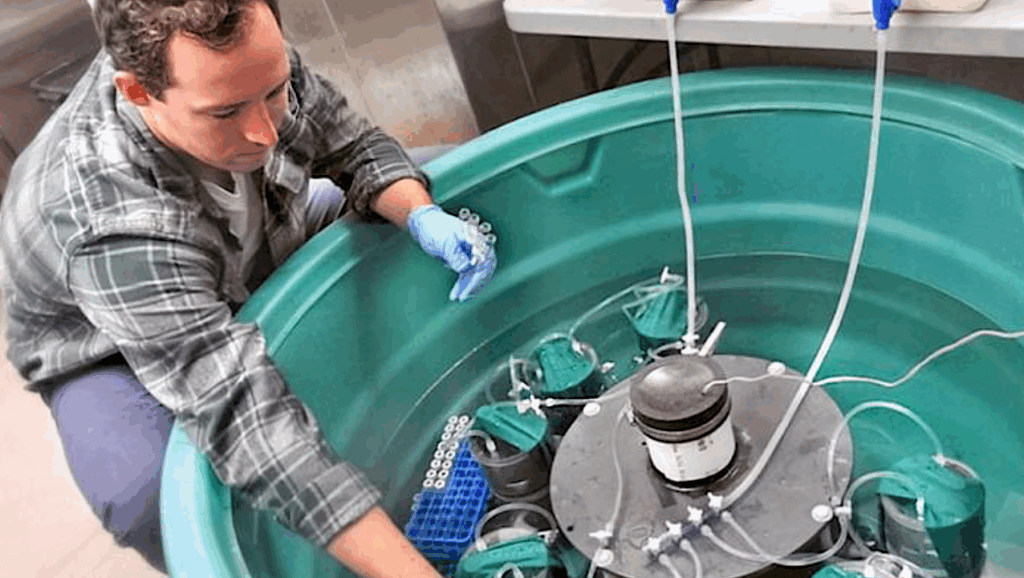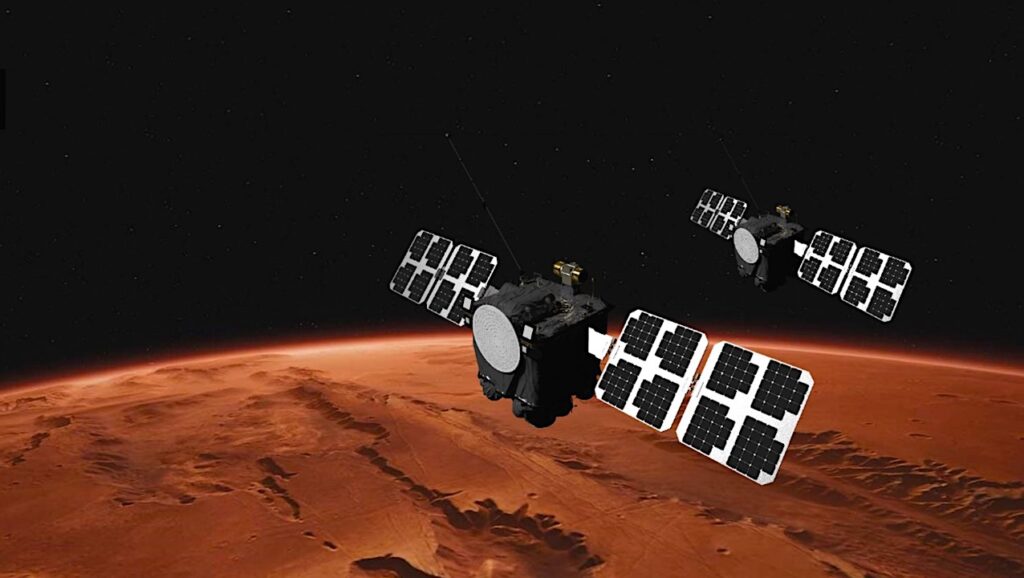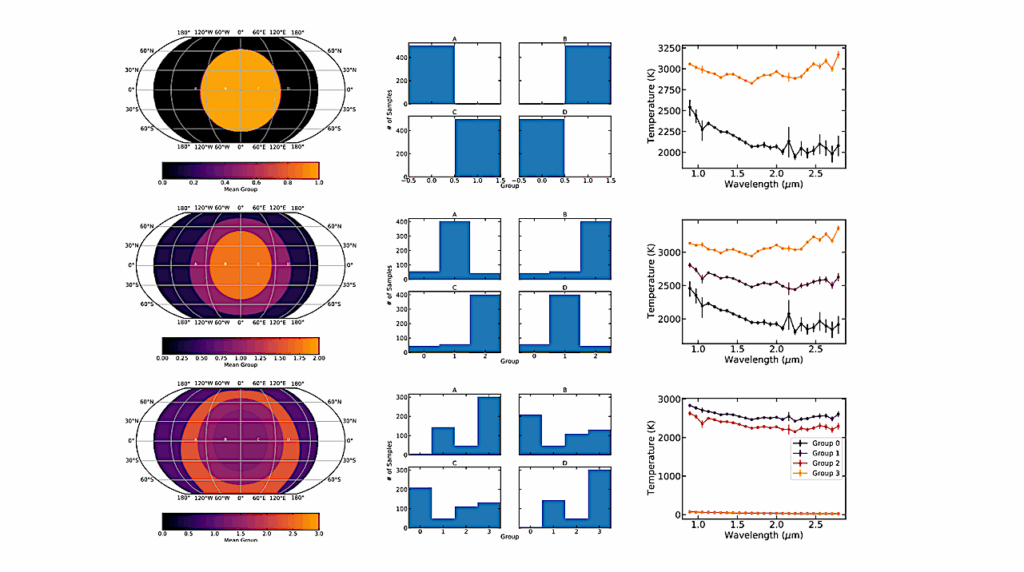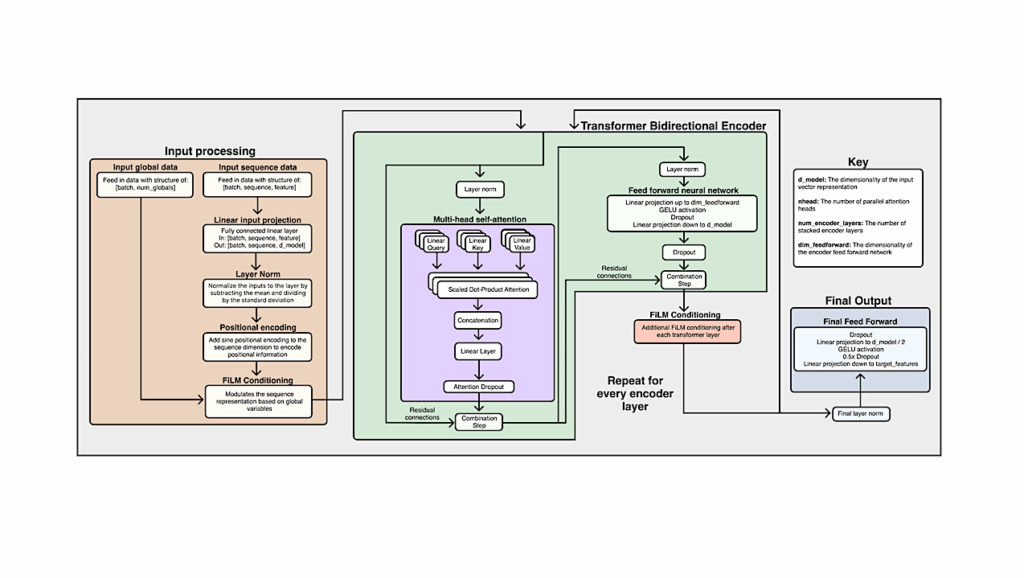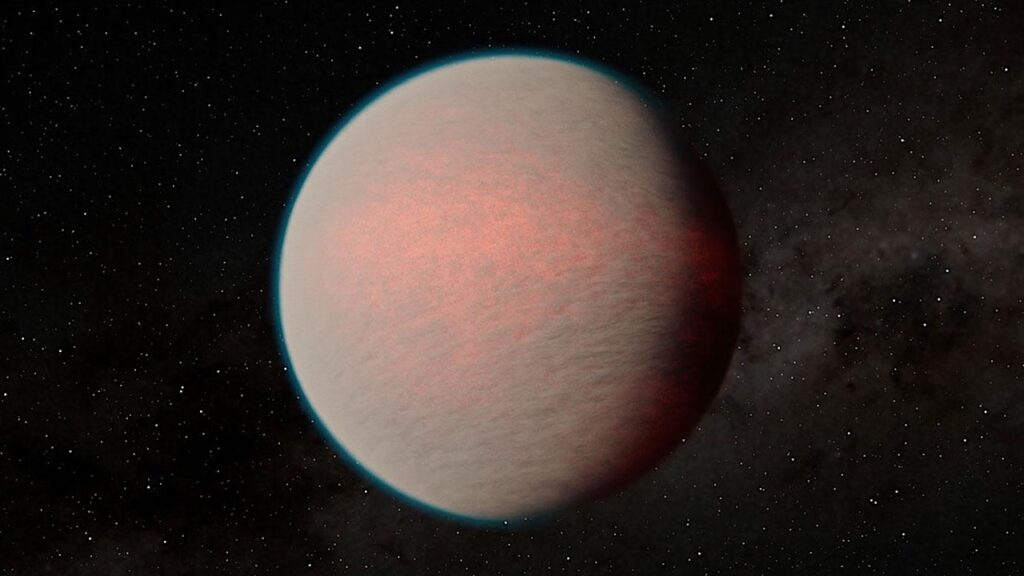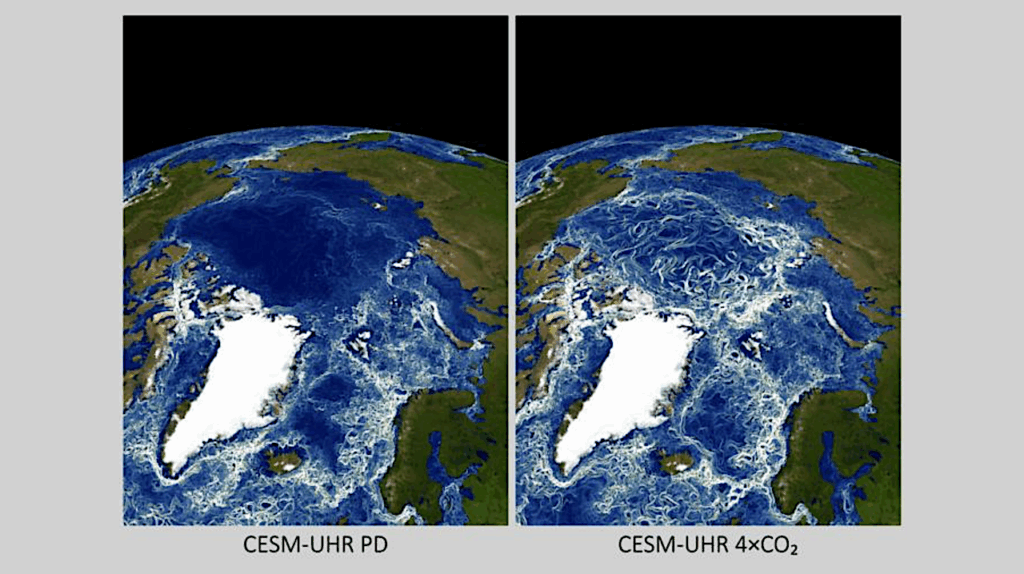Tidally Torn: Why the Most Common Stars May Lack Large, Habitable-Zone Moons
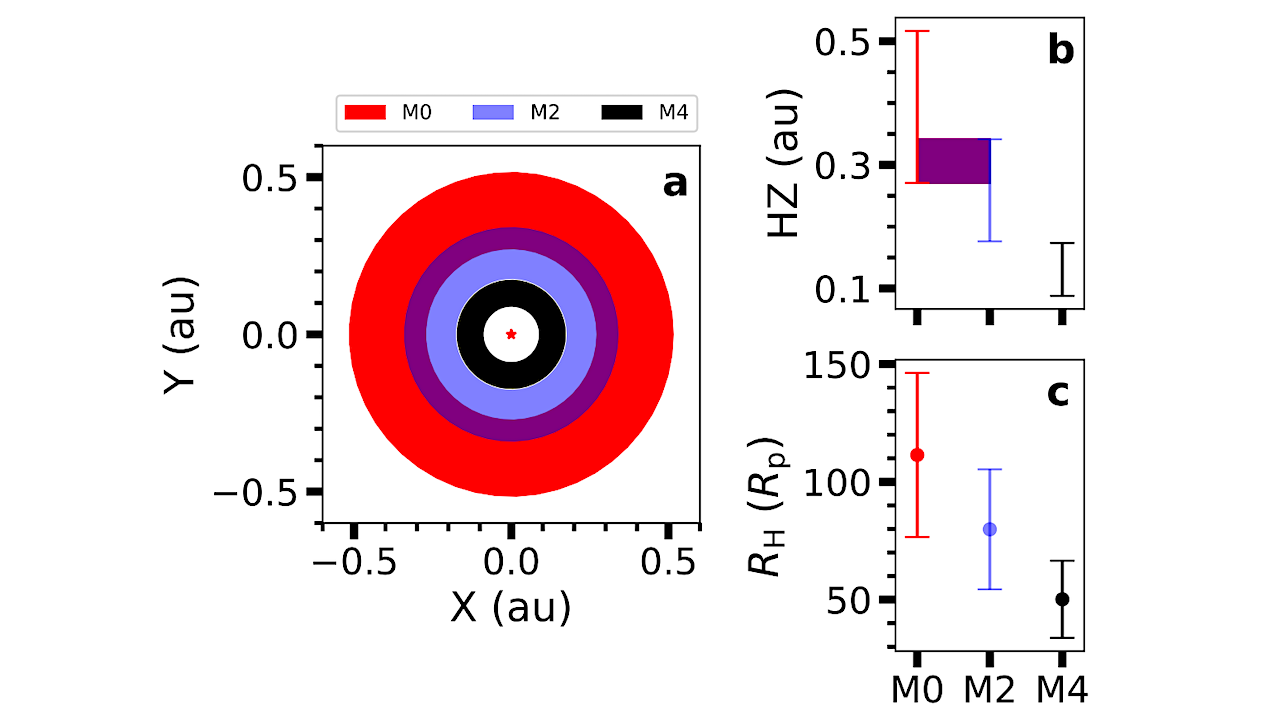
Earth-like planets in the habitable zone (HZ) of M-dwarfs have recently been targeted in the search for exomoons.
We study the stability and lifetime of large (Luna-like) moons, accounting for the effects of 3-body interactions and tidal forces using the N-body simulator rebound and its extension library reboundx.
We find that those moons have a notably different likelihood of existence (and, by implication, observability). Large moons orbiting Earth-like planets in the HZs of M4 and M2 dwarfs become unstable well before 107 and 108 yr, respectively, and in most cases, those orbiting M0-dwarfs become unstable in much less than 109 yr.
We conclude that HZ planets orbiting M-dwarfs are unlikely to harbor large moons, thus affecting the total number of possible moons in our galaxy and the Universe at large.
Since moons may help enhance the habitability of their host planet, besides being possibly habitable themselves, these results may have notable implications for exolife, and should also be considered when seeking solutions to the Drake equation and the Fermi paradox.
Shaan D. Patel, Billy Quarles, Nevin N. Weinberg, Manfred Cuntz
Comments: Accepted by the Astronomical Journal (AJ); 15 pages, including 9 figures and 1 table
Subjects: Earth and Planetary Astrophysics (astro-ph.EP); Solar and Stellar Astrophysics (astro-ph.SR)
Cite as: arXiv:2511.03625 [astro-ph.EP] (or arXiv:2511.03625v1 [astro-ph.EP] for this version)
https://doi.org/10.48550/arXiv.2511.03625
Focus to learn more
Submission history
From: Shaan Patel
[v1] Wed, 5 Nov 2025 16:45:31 UTC (2,293 KB)
https://arxiv.org/abs/2511.03625
Astrobiology, Astrochemistry, Exoplanet,


